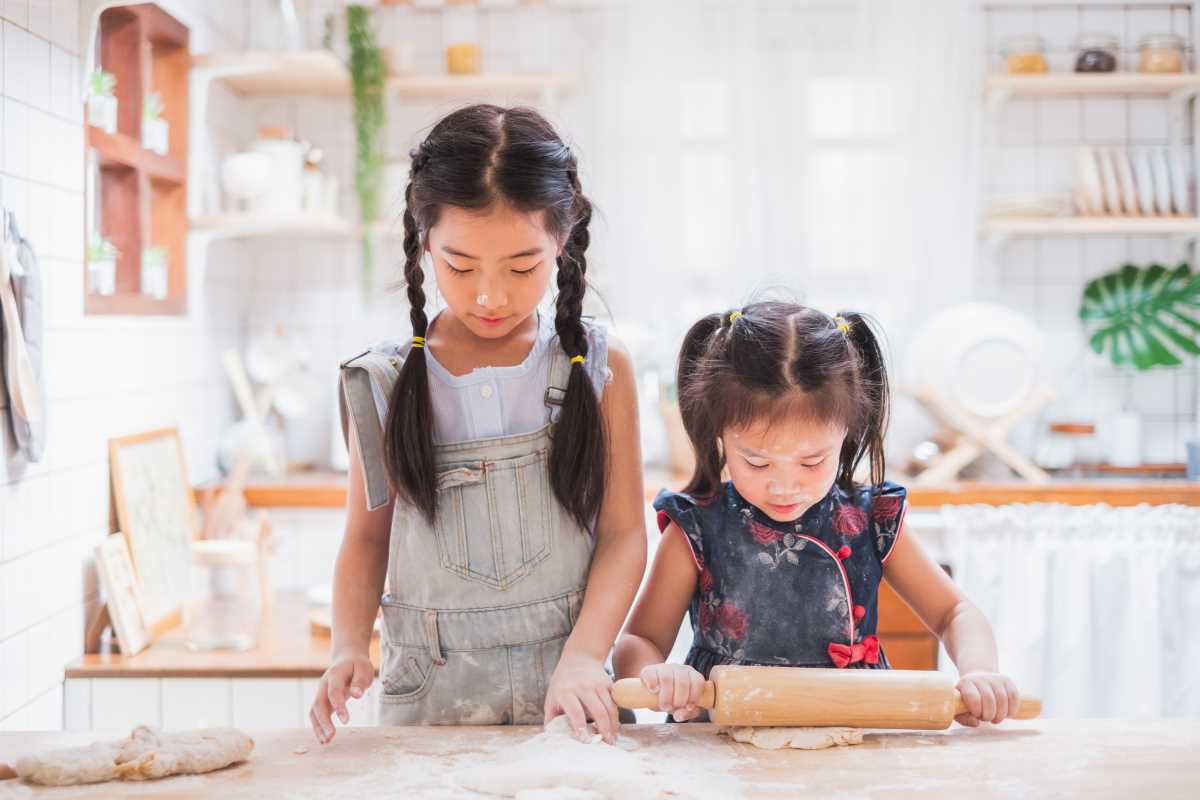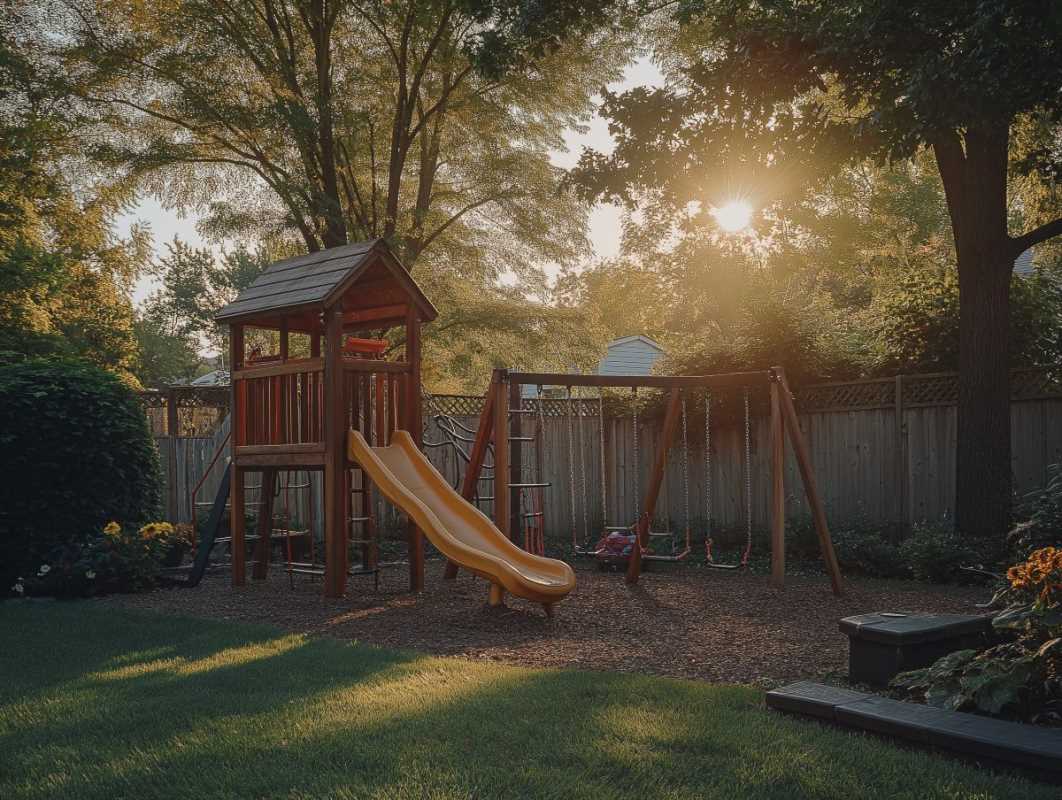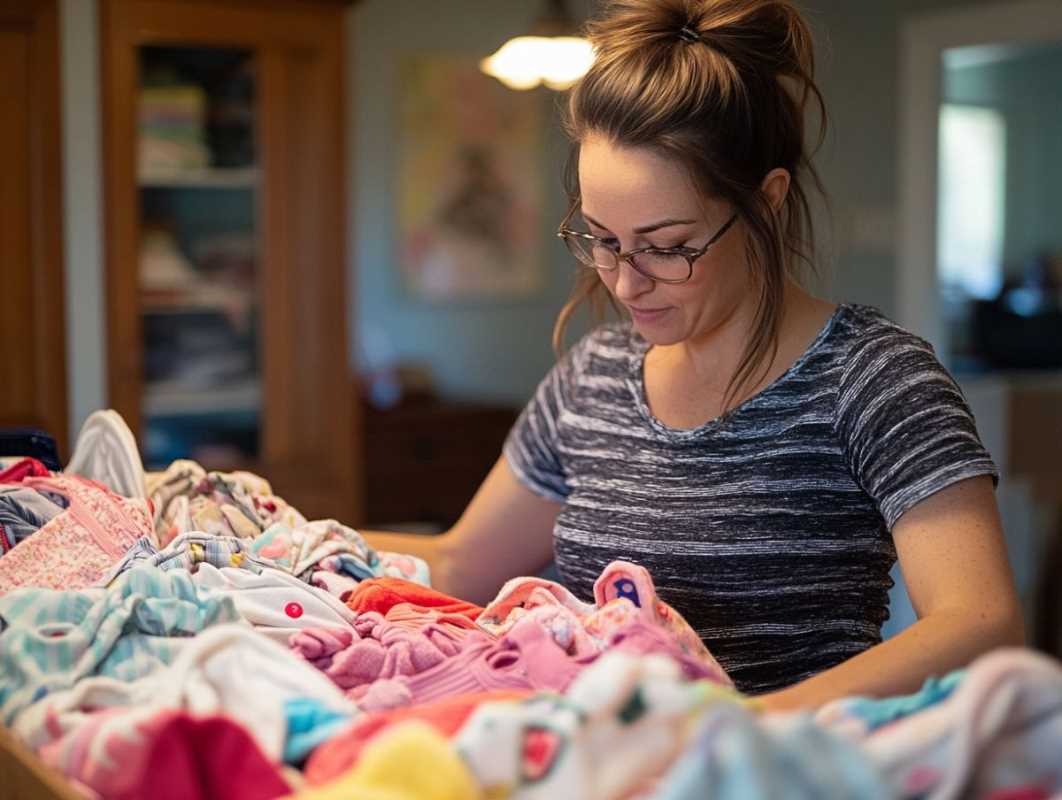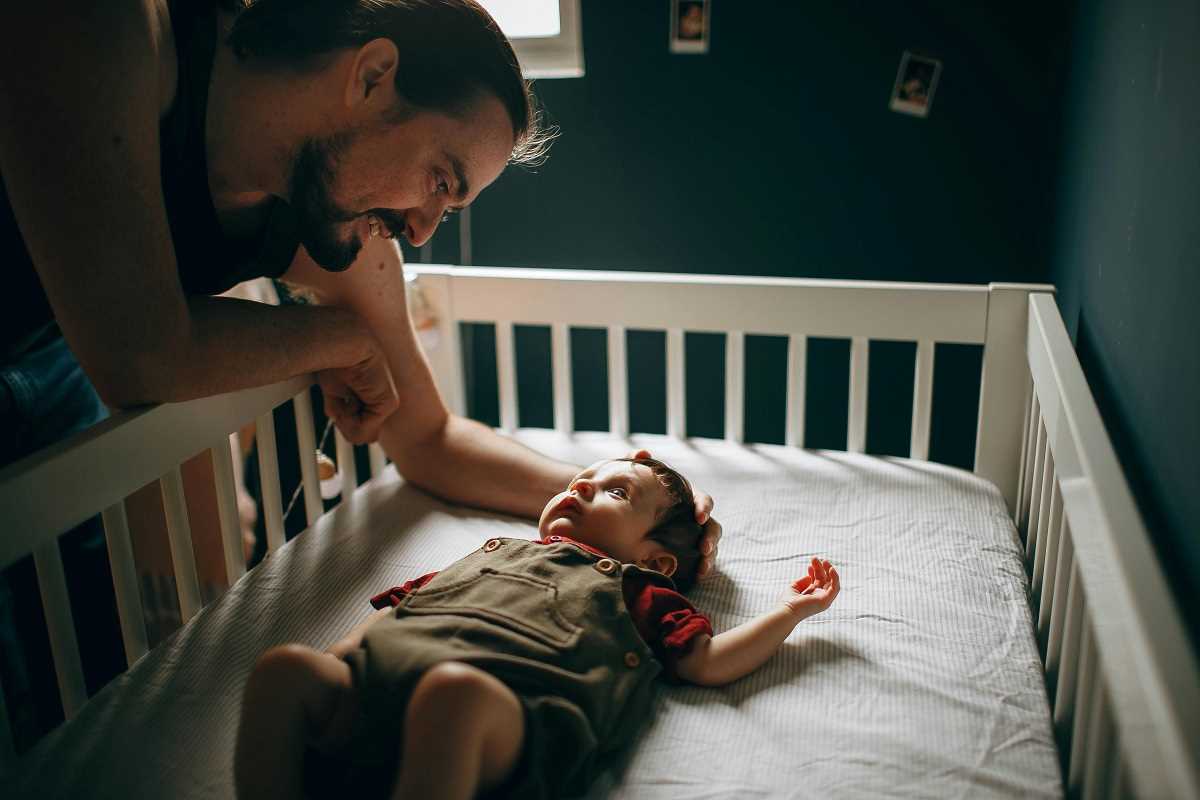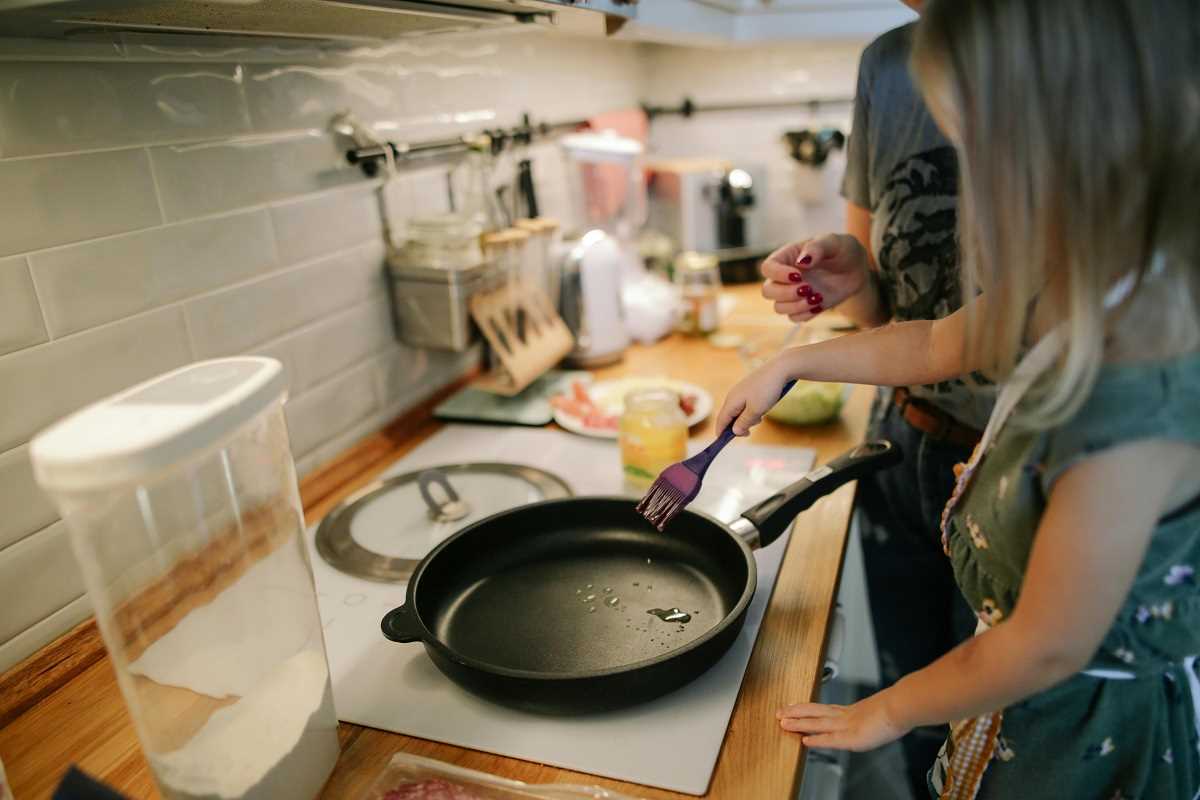There’s something magical about the smell of pancakes on a Sunday morning or the sight of fresh cookies cooling on the counter. For children, cooking their favorite meals isn’t just about delicious results; it’s a gateway to valuable life skills, creativity, and cherished family moments. Teaching kids to embrace the kitchen not only opens the door to independence but can also set the foundation for healthy eating habits that will serve them for life.
However, as any parent knows, kitchens and kids don’t always mix without a little preparation. Knives, hot surfaces, and bustling schedules can feel like roadblocks. But with the right approach, cooking can be a safe, fun, and incredibly rewarding activity for your children. Here are practical ways to get started and make the experience enjoyable for everyone involved.
Why Teaching Kids to Cook Matters
Cooking is about more than beating eggs or seasoning pasta. By involving kids in the kitchen, you’re equipping them with tools that stretch far beyond the recipe book.
- Building Independence: Teaching children to prepare their own meals boosts their confidence. Knowing they can whip up scrambled eggs or assemble a sandwich gives them a sense of accomplishment and independence.
- Laying the Foundation for Healthy Choices: Kids who learn to cook often develop an appreciation for whole ingredients and balanced meals. They’re more likely to understand the importance of vegetables, lean proteins, and homemade meals over processed options.
- Fostering Life Skills: Cooking is a survival skill. By starting young, you’re setting them up for adulthood with the ability to feed themselves and others with ease.
- Encouraging Creativity: The kitchen is a canvas. Measuring, assembling, and experimenting with flavors spark creativity and problem-solving skills.
- Creating Quality Time: Cooking together is an opportunity to bond and create memories. These moments are about more than food; they’re about sharing experiences and traditions.
With so many benefits, teaching kids to cook becomes less about convenience and more about empowerment.
Setting the Stage for Safe and Enjoyable Cooking
Cooking with kids doesn’t need to be a stressful, chaotic experience. With a bit of planning, you can ensure safety while leaving plenty of room for fun and learning. Here’s how to start on the right foot.
1. Introduce Age-Appropriate Tasks
Break tasks into levels that match your child’s age and skills. Here’s a simple guide to help you assign kitchen responsibilities:
- Toddlers (2-4 years old): Have them wash fruits and vegetables, sprinkle toppings, or stir batters with your assistance. Look for no-sharp, no-heat tasks they can easily manage.
- Preschoolers (5-7 years old): They can begin measuring ingredients, cracking eggs (with help), tearing lettuce, and cutting soft items with a butter knife.
- Older Kids (8-10 years old): At this age, they can handle more intricate tasks like chopping with supervision, using a toaster, or sautéing with assistance.
- Preteens and Teens: These budding chefs can learn advanced skills like following recipes independently, handling a chef’s knife, and operating ovens and stoves safely.
2. Set Clear Safety Rules
The kitchen can be unpredictable, but setting safety rules beforehand teaches kids responsibility while preventing accidents. Some essentials to cover include:
- Always wash your hands before starting.
- Use knives and peelers only under supervision.
- Keep pot handles turned inward to avoid spills.
- Never touch hot surfaces without protective mitts.
- Clean up as you go to minimize slips or spills.
It’s also helpful to establish a clear “safe zone.” For instance, while using the stove, explain that the countertop right next to it is reserved for tools and ingredients, not wandering hands.
3. Choose Kid-Friendly Tools
Invest in equipment designed for little hands. Kid-safe knives, small spatulas, mixing bowls with a no-slip base, and lightweight pans make cooking more accessible. There are even heat-resistant gloves that prevent burns, perfect for encouraging budding bakers to slide cookies into the oven.
4. Make It Fun
Cooking with kids doesn’t have to be serious business! Play age-appropriate music, have a dance party during bake time, or create a fun “cooking show” moment where they present the finished dish. Keeping the experience lighthearted makes them more likely to enjoy the process and look forward to their next kitchen adventure.
Simple Recipes Kids Can Learn Today
Once you’ve set the stage, it’s time to roll up your sleeves and get cooking! Start with simple, crowd-pleasing meals that are fun and easy for kids to help prepare.
1. Pizza Night
Making homemade pizza is an entertaining (and delicious!) introduction to cooking. Set up a “pizza bar” with pre-rolled dough or flatbreads and provide toppings like tomato sauce, shredded cheese, pepperoni, and veggies. Kids can spread the sauce and arrange toppings however they like, creating their own culinary masterpiece.
2. Build-Your-Own Wraps
Wraps are versatile and quick to assemble. Lay out tortillas, hummus, sliced chicken, lettuce, shredded carrots, and other fillings. Teach kids how to stack their ingredients and wrap them securely. Bonus points if you cut it into pinwheels!
3. Easy Pasta Dishes
Pasta is a great beginner recipe. Show kids how to measure pasta portions, stir it as it cooks, and drain it safely. Pair with a simple marinara or toss with olive oil and their choice of toppings, like grated Parmesan or cooked veggies.
4. Breakfast Favorites
From scrambled eggs to fluffy pancakes, breakfast foods are some of the easiest items kids can learn. Give them the task of cracking eggs (shells happen—that’s okay!) or stirring pancake batter. Use a non-stick pan and stay close to supervise cooking.
5. Fun Snacks or Desserts
Make fruit kabobs on skewers, yogurt parfaits with layers of granola and berries, or homemade trail mix with nuts and dried fruits. For a treat, try baking brownies or sugar cookies that they can decorate with frosting after cooling.
The Key Ingredient? Patience
Cooking with kids isn’t always seamless. Spills will happen, cookies might come out oddly shaped, and the kitchen might not look pristine afterward, because every mess is a learning opportunity.
